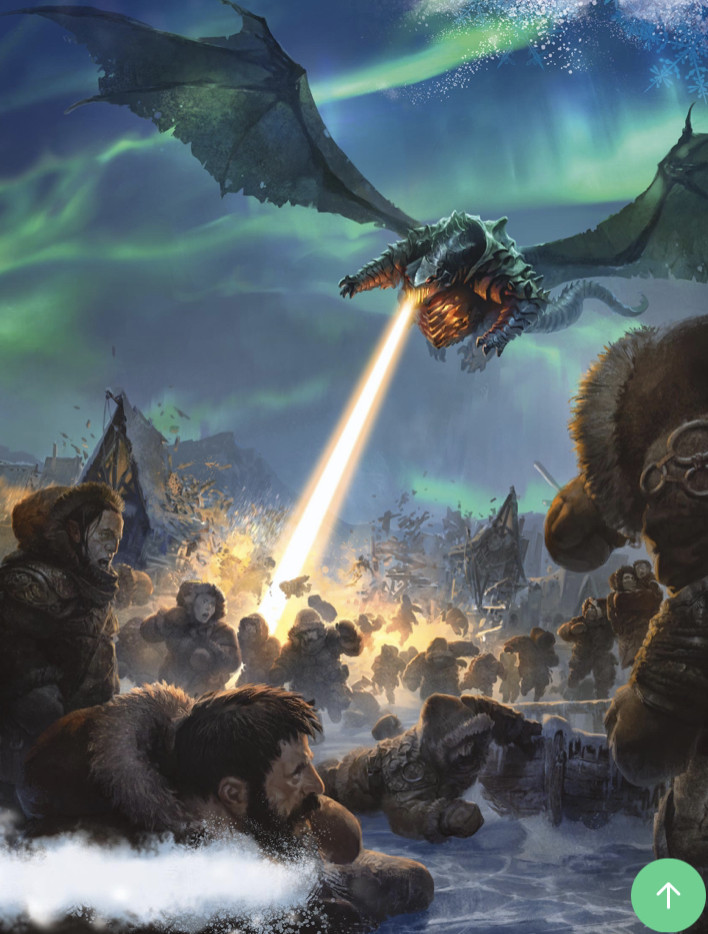Yes, when it’s important to the narrative.
The rules don’t spend much time talking about objects. The Dungeon Master’s Guide provides some guidance on damaging objects, but provides some important context for when to use those rules:
When characters need to saw through ropes, shatter a window, or smash a vampire’s coffin, the only hard and fast rule is this: given enough time and the right tools, characters can destroy any destructible object. […]
When time is a factor, you can assign an Armor Class and hit points to a destructible object. You can also give it immunities, resistances, and vulnerabilities to specific types of damage.
The idea here is that the rules typically only worry about objects when they are important to the story. Sure, fireball sets objects on fire, but it doesn’t tell you what that means beyond “it’s on fire”, because it usually doesn’t matter. But when it does matter to the narrative, the rules tell the DM to “use your best judgment”.
In that spirit, the answer to your question is “Red Dragon breath sets things on fire when things being on fire is important to the story”. This is consistent with the guidance provided concerning objects, and it is consistent with the DM’s relationship with the rules, which is that…
The rules aren’t in charge.
The introduction to the Dungeon Master’s Guide states:
The D&D rules help you and the other players have a good time, but the rules aren’t in charge. You’re the DM, and you are in charge of the game. […]
The rules don’t account for every possible situation that might arise during a typical D&D session.
The thing about “spells only do what they say they do” is that spell descriptions are player-facing and set the expectations for the player’s actions when they use spells. The rules for spells tell us that all of the spell’s effect is contained in its description because the players need to know what happens when they use the spell.
In contrast, the Monster Manual is primarily a DM-facing resource:
The Monster Manual is one of three books that form the foundation of the Dungeons & Dragons game, the other two being the Player’s Handbook and the Dungeon Master’s Guide. The Monster Manual, like the Dungeon Master’s Guide, is a book for DMs. Use it to populate your D&D adventures with pesky goblins, stinky troglodytes, savage orcs, mighty dragons, and a veritable horde of creepy crawlies.
The stat blocks provided are tools for the DM to use to bring the game’s world to life. They are not, in general, going to be player-facing rules, so there is no need for them to be thorough in the same way spell descriptions are. Of course, there are ways for players to access and utilize the stat blocks of creatures found in the Monster Manual, but it is still primarily DM-facing material.
All of this is to say: the absence of a clause explaining flaming objects in the Red Dragon stat block does not in any way mean Red Dragons don’t burn down towns and fields of crops. You’re the DM and you aren’t limited to exactly what is written. You’re in charge. “Only does what it says it does” does not apply to the DM describing how NPC creatures interact with the game world.
Destruction’s Light: The statblock doesn’t tell the story. The DM tells the story.
The adventure Icewind Dale: Rime of the Frostmaiden has a chapter called “Destruction’s Light”, featuring a dragon construct that destroys the Ten Towns. The chardalyn dragon’s breath weapon states:
Radiant Breath (Recharge 5–6). The dragon exhales a ray of radiant energy in a 120-foot line that is 5 feet wide. Each creature in that line must make a DC 16 Dexterity saving throw, taking 31 (7d8) radiant damage on a failed save, or half as much damage on a successful one.
Clearly the rules say that Radiant Breath only affects creatures, right? Then why does the adventure include this artwork, showing the dragon razing buildings with its Radiant Breath:

The dragon can do this because the dragon’s stat block does not account for every possible outcome of the dragon’s actions. It provides what is necessary for the DM to adjudicate the dragon’s interactions with the player characters, and the rest is up to the DM as part of telling the story, which in this case, is that the dragon levels the Ten Towns with its Radiant Breath if the party does not stop it.

